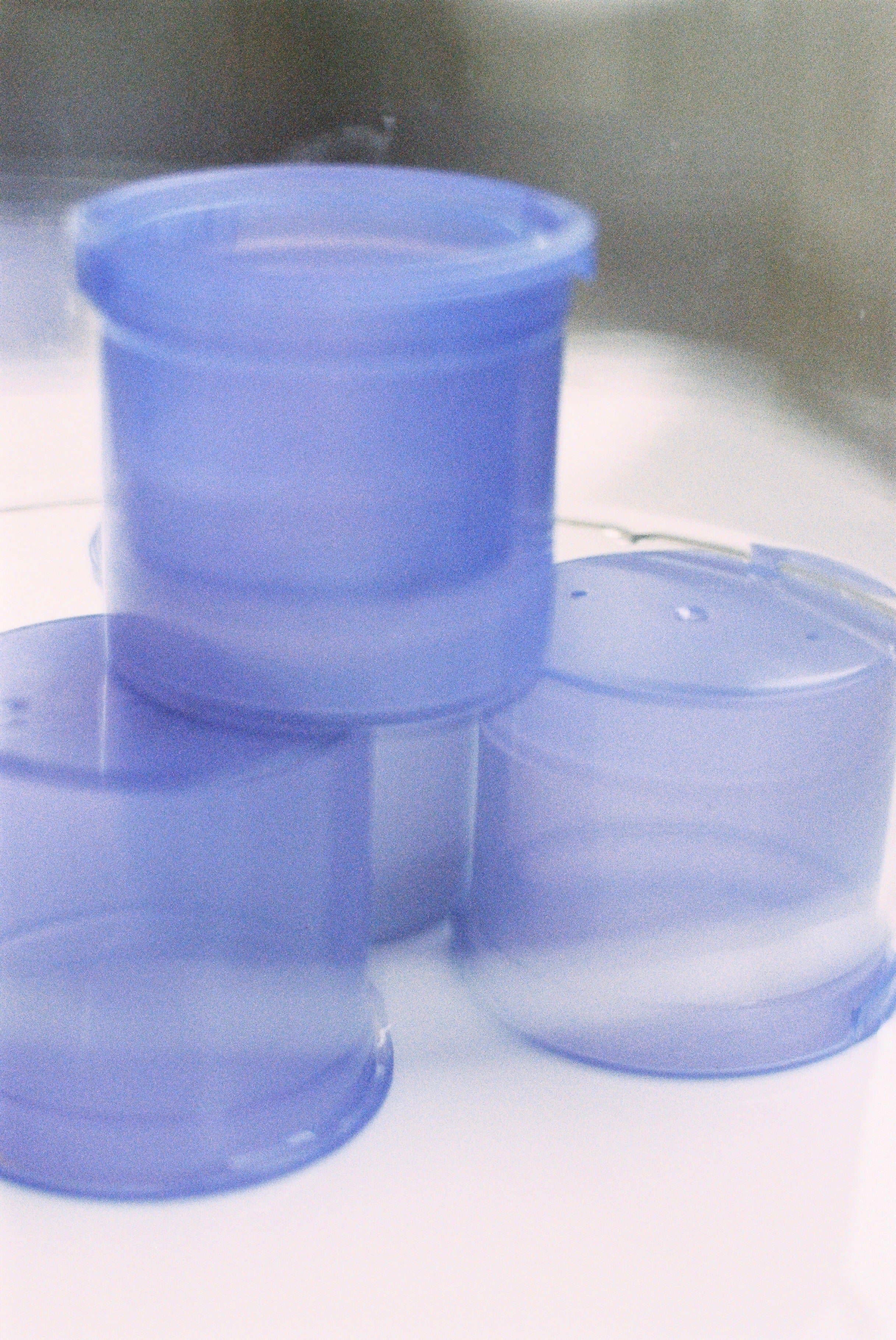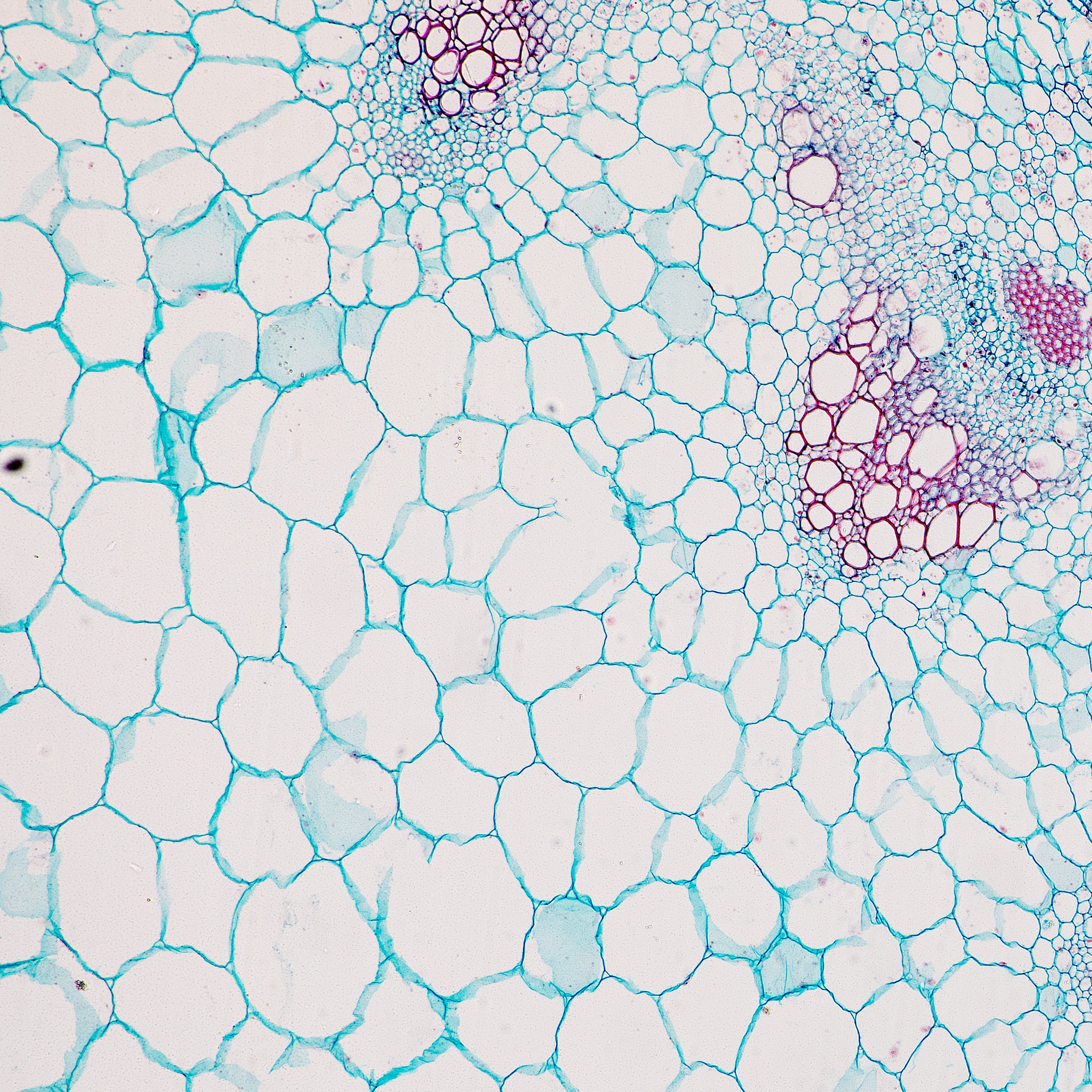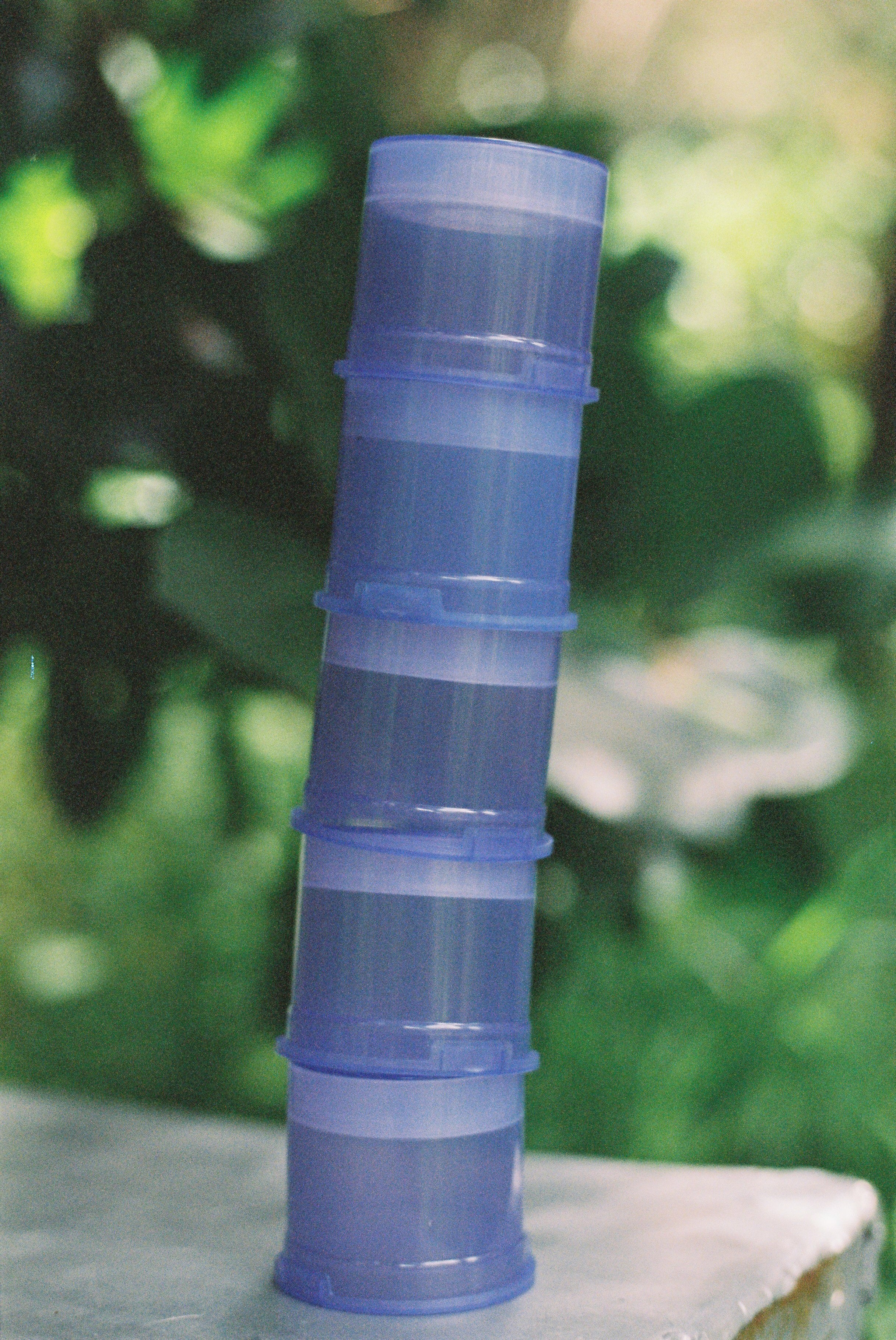We want to leave our planet better than we found it, and with the impacts of climate change growing, there is an urgency to ensure the prosperity of our business is used to positively impact the prosperity of our planet.
We want to leave our planet better than we found it, and with the impacts of climate change growing, there is an urgency to ensure the prosperity of our business is used to positively impact the prosperity of our planet.
Reducing waste is the biggest challenge the beauty industry faces. It is estimated that alone, the beauty industry is responsible for over 100 billion units of waste every year, making single use packaging the biggest contributor of carbon emissions in the industry. However, there is a solution.











